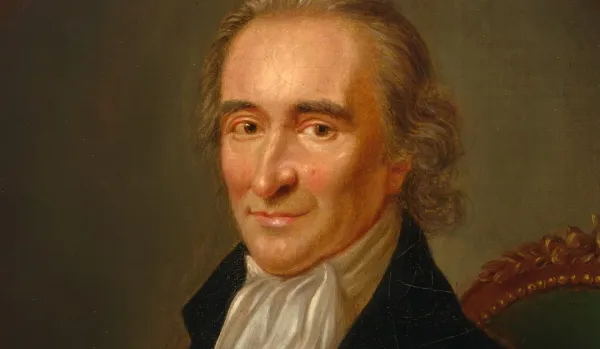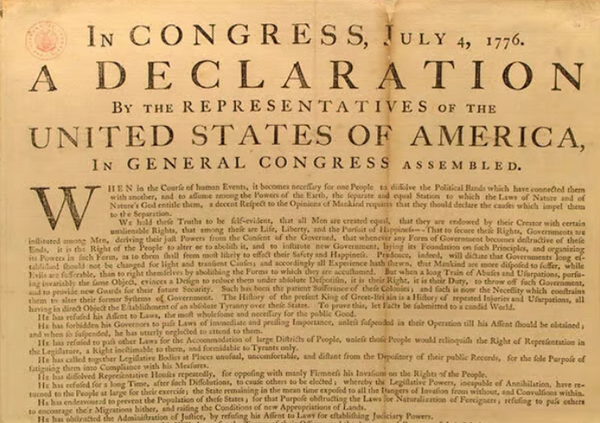Some Olympic athletes were recruited by the CIA in 1960
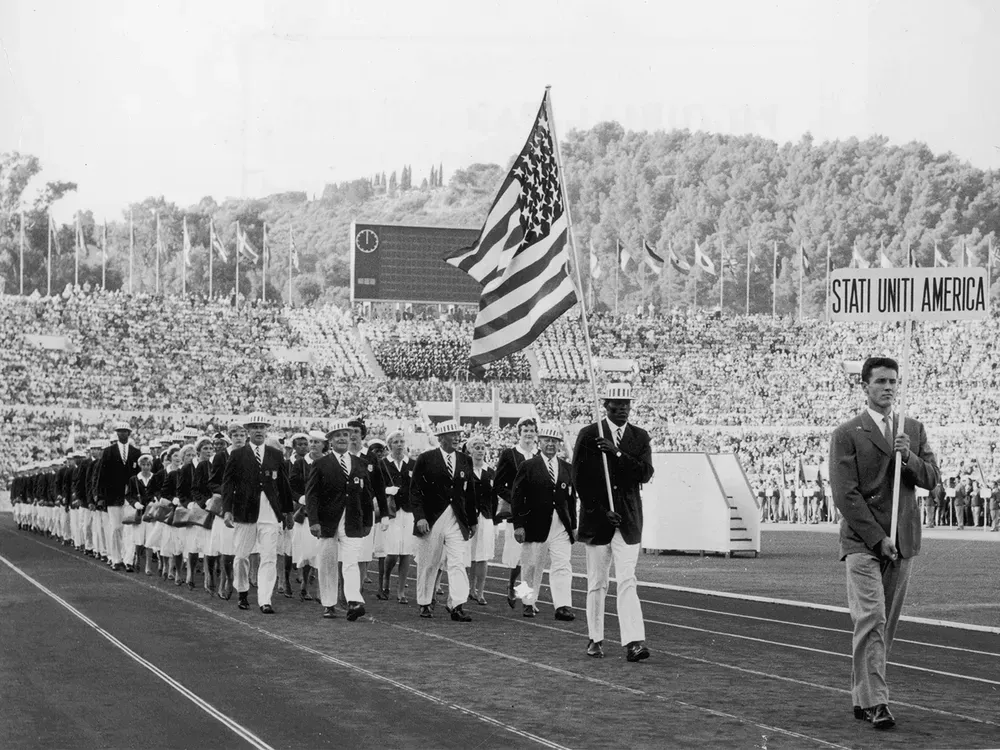
From the Smithsonian: "Al Cantello’s unlikely journey into the secret world of spies began in late 1959, when he received a phone call from a mysterious individual asking him to meet at the Willard Hotel in Washington, D.C. For reasons the Olympic javelin thrower couldn’t quite articulate later, he agreed to the clandestine conference. When Cantello arrived, he found a darkened room with so many shadows that he felt like he’d wandered onto the set of a B movie. Cantello said he didn’t know the man’s name and was uncertain which intelligence agency he represented—or, for that matter, if he was working for the U.S. or the Soviet Union. But it’s likely the man in the hotel was there on behalf of the CIA. The agency was watching the meet and was interested in recruiting Soviet athletes, particularly those of Ukrainian origin, who might defect.
Fugitive known as ‘El Diablo’ found working as a Mexican police officer 20 years later
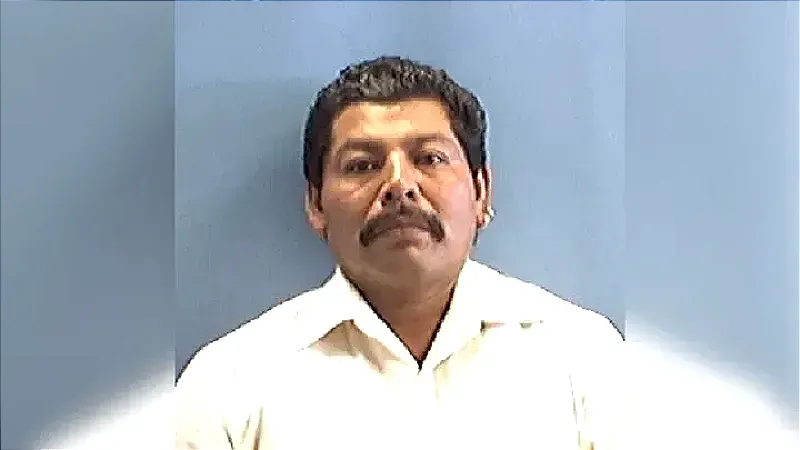
From Fox News: "American detectives used social media to track a fugitive to Oaxaca, Mexico, 20 years after he allegedly shot a man dead outside an Ohio bar, and learned that he'd picked up an unexpected new job, becoming a police officer himself. Antonio "El Diablo" Riano, now 62, was charged with first-degree murder, arrested in Zapotitlan Palmas and handed over to U.S. Marshals in Mexico City on Thursday. Riano fled Ohio after allegedly shooting 25-year-old Benjamin Becarra on Dec. 19, 2004, outside the Roundhouse Bar in Hamilton, Ohio. Witnesses said Riano and Becarra got into an argument inside the bar – when the dispute moved outside, a security camera allegedly caught Riano fatally shooting the other man in the face. When Riano was arrested in Mexico he was found to be working as a police officer, and a photo snapped as he was taken into custody shows him wearing his police uniform."
New DNA analysis helps debunk a 200-year-old royal conspiracy theory
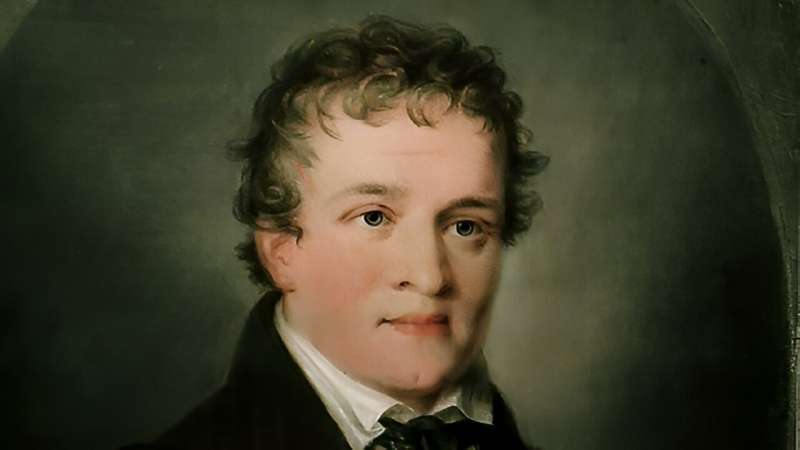
From Phys.org: "A new genetic analysis by an international team of scientists has helped bust a popular 200-year-old myth surrounding Kaspar Hauser, whose identity became one of the most mysterious riddles in German history. Kaspar Hauser was a youth who seemingly appeared out of nowhere in Germany in 1828, claiming he had grown up in captive isolation in a dungeon, looked after by a mystery man he never saw. Unable to speak or write, he carried an anonymous letter stating he had been kept in total isolation since he was a baby. The story captured the public's curiosity, making Hauser a celebrity. This attention increased when the King of Bavaria, Ludwig I, ordered that he be guarded day and night for his protection. This fueled speculation that his true identity could be that of a descendant of the House of Baden."
(Editor's note: If you like this newsletter, please share it with someone else. And if you really like it, perhaps you could subscribe, or contribute something via my Patreon. Thanks for being a reader!)
Cat-related brain parasite could provide a way to deliver anti-Alzheimer drugs

From New Atlas: "A new study has found that a common brain parasite could be engineered to deliver drugs past the blood-brain barrier. Toxoplasma gondii is an intriguing and insidious parasite. Its primary host is felines, and it can only sexually reproduce in the intestines of cats – but it can take a roundabout way to get there. It can infect many types of warm-blooded animals, including humans. Once ingested through infected meat, soil or feces, it spreads throughout the body, including the brain. Once there, it’s been known to release proteins that seem to affect the behavior of its intermediate host. Infected mice, for instance, become bolder and less anxious about cats, meaning they’re more likely to be eaten by them, delivering the parasite right back to its favored breeding ground. Stranger still, studies suggest it has similar effects in humans."
America’s first board game in 1822 let players tour the states of the new nation
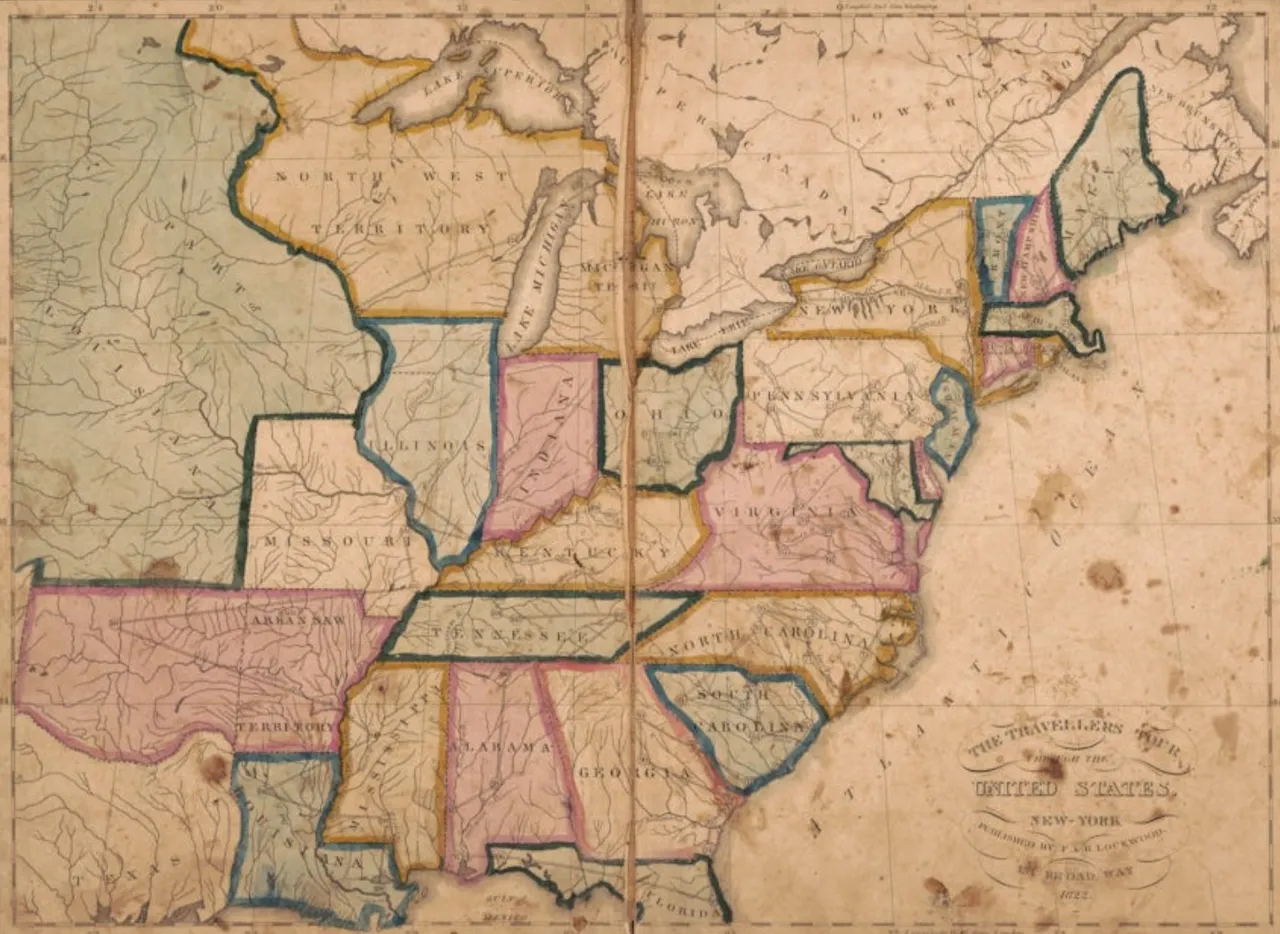
From Atlas Obscura: "Produced by the New York cartography firm of F. & R. Lockwood, “The Travellers’ Tour Through the United States” was an imitation of earlier European geography games, a genre of educational game. Geography games generally used a map for a board, and the rules involved players reciting geographic facts as they race toward the finish. “The Travellers’ Tour” first appeared in 1822, making it the earliest known board game printed in the U.S. But for almost a century another game held that honor. In 1894, Parker Brothers acquired the rights to The Mansion of Happiness, an English game first produced in the U.S. in 1843. In its promotional materials, the company declared it “The first board game ever published in America.” That distinction ended in 1991 when a game collector found the copy of The Travellers’ Tour."
Ten days magically vanished from the calendar by order of the Pope in the 1600s
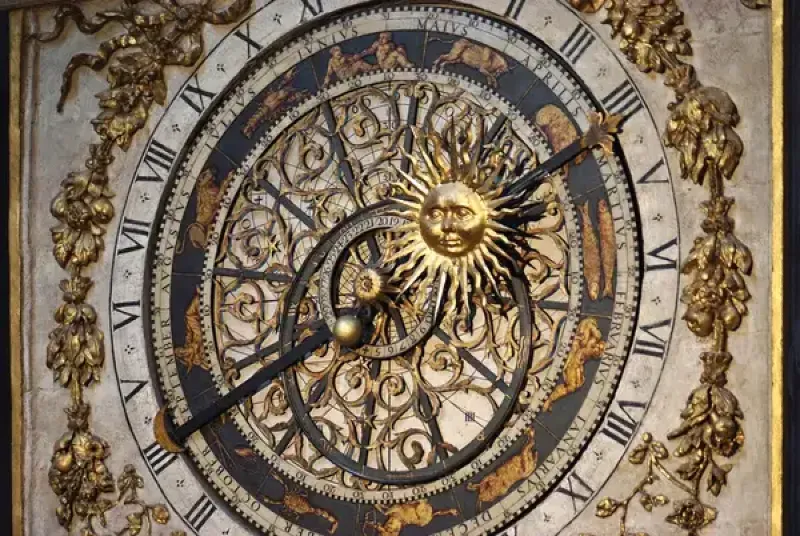
From Brittanica: "The growing discrepancy between the date for Easter set by the council and the actual vernal equinox was noted in the 8th century CE, if not earlier, and a number of proposals for reform were brought before popes in the Middle Ages. But no action was taken, and the Julian calendar, flawed as it was, remained the official calendar of the Christian church. In its session of 1562–63, the Council of Trent passed a decree calling for the pope to fix the problem by implementing a reformed calendar. But it took another two decades to find a suitable fix. The most surreal part of implementing the new calendar came in October 1582, when 10 days were dropped from the calendar to bring the vernal equinox from March 11 back to March 21. So the Feast of St. Francis of Assisi on October 4, 1582, was directly followed by October 15."
How to build a simple bridge designed by Leonardo da Vinci
davinci bridge
— Enez Özen (@Enezator) August 3, 2024
pic.twitter.com/Z8IvWDcyHH
Acknowledgements: I find a lot of these links myself, but I also get some from other newsletters that I rely on as "serendipity engines," such as The Morning News from Rosecrans Baldwin and Andrew Womack, Jodi Ettenberg's Curious About Everything, Dan Lewis's Now I Know, Robert Cottrell and Caroline Crampton's The Browser, Clive Thompson's Linkfest, Noah Brier and Colin Nagy's Why Is This Interesting, Maria Popova's The Marginalian, Sheehan Quirke AKA The Cultural Tutor, the Smithsonian magazine, and JSTOR Daily. If you come across something interesting that you think should be included here, please feel free to email me at mathew @ mathewingram dot com

